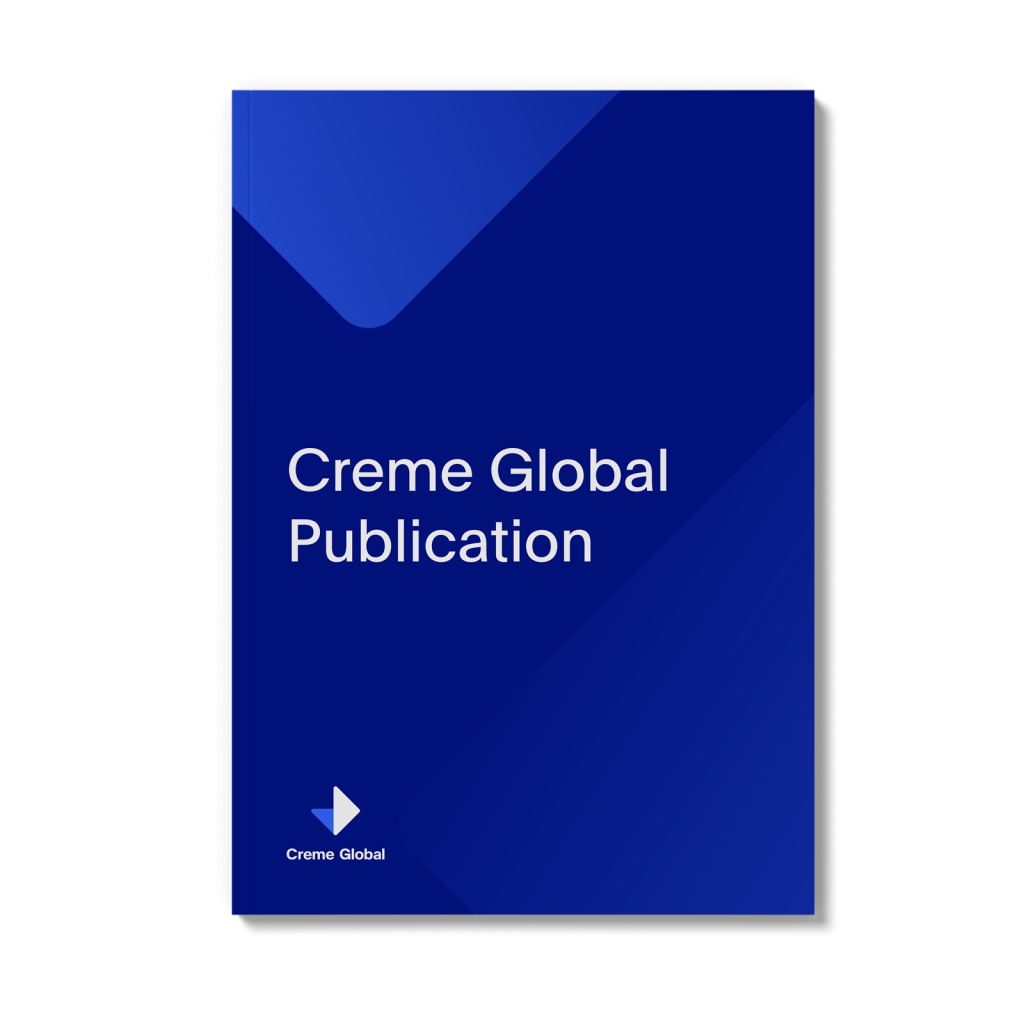Many countries are witnessing a marked increase in longevity and with this increased lifespan and the desire for healthy ageing, many, however, suffer from the opposite including mental and physical deterioration, lost productivity and quality of life, and increased medical costs. While adequate nutrition is fundamental for good health,…
Authors: Marsman D, D. W. Belsky · D. Gregori · M. A. Johnson · T. Low Dog · S. Meydani · S. Pigat · R. Sadana · A. Shao · J. C. Griffiths
Publication date: 01/06/2018
